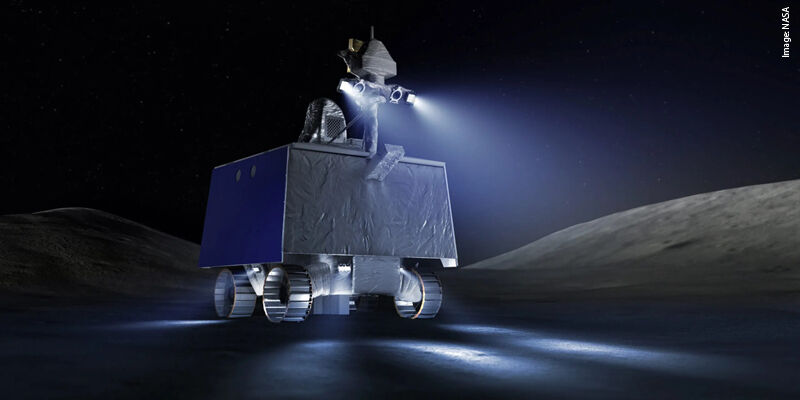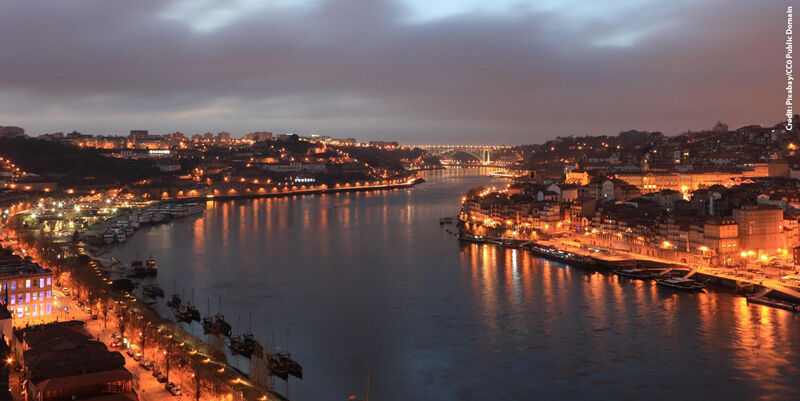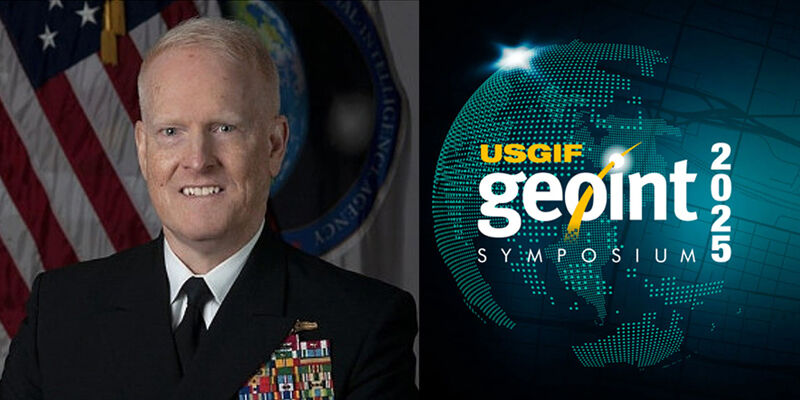The previous issue of Geo:Connexion (July/Aug 2006) looked at how new laser and radar technology can be used to capture three-dimensional data from the land and air.
These technologies are set to change the way we view the world and it will not be long before maps as we know them will change forever. As 3D datasets are built, we will increasingly be able to view routes, sites and whole cities in ‘virtual reality’.Right now however there is an increasing demand for highly accurate 3D data to map and monitor the changing natural and built environment. For determining bridge heights of transport routes and assessing the condition of highways, to mapping quarries or coastal erosion, industry is demanding practical solutions today. Airborne surveying does not provide the required accuracy or aspect for many of these engineering and environmental applications and land-based techniques are therefore required. The main difficulty here has been the speed of data capture. With a surveyor moving around a site with a tripod-mounted laser scanner, it’s a slow and therefore costly process.This led to a rethink by UK-based 3D Laser Mapping and its engineering partner IGI mbH in Germany. The two companies came up with the idea of a mobile mapping system able to scan from a moving vehicle. Airborne LiDAR is already widely accepted, but applying this technology to a vehicle was far from straightforward. Most airborne LiDAR systems are not eye-safe at short range making it dangerous in populated areas. In addition, field of view is usually limited and the GPS/Inertial Navigation System (INS) is not effective when satellite visibility is obscured by vegetation or buildings.3D Laser Mapping and IGI spent one and a half years tackling these technical issues and successfully developed a system now known as StreetMapper.Operating at speeds of up to 70 km an hour, laser surveys can be undertaken quickly and safely to create highly detailed picture of the road network and associated assets and features. The accuracy is such that the heights and positions of overhead wires as small as 3mm in diameter can be accurately recorded. StreetMapper measures the position of features relative to the vehicle on which the system is mounted. Using multiple Riegl laser scanners that are both eye safe and provide a wide field of view, the lasers transmit a light pulse that is reflected off the road surface or roadside feature and bounced back to the vehicle mounted receiver.Using the time taken for each individual pulse to be returned and the known value of the speed of light the StreetMapper system can automatically calculate the distance of the feature from the vehicle. StreetMapper is also accurately calibrated so that each laser transmits its optical pulse at a known angle and uses satellite technology to calculate the exact real world position of each laser.Using basic trigonometric principles and these measurements and values the on board computer can process over 40,000 points per second to produce highly detailed and accurate three dimensional models. Use of StreetMapper is being pioneered by Reality Mapping, a UK survey company working in the highways and utility markets. Initial interest has come from a diversity of markets and here we look at some of the first applications. Abnormal load routesIn the UK, the transport of abnormal loads often requires a route survey as no national database is maintained on suitable routes. Certain routes are maintained locally for use by heavy or large loads, but even if these are used then the final leg of the journey may need surveying.Reality Mapping were asked by the UK’s electricity network company to survey part of the route from Ellesmere Port to Cellarhead Substation in Staffordshire to ensure route was suitable for transporting a large transformer. The 19km survey was completed in just one hour by driving the length of the route at normal road speed. The survey generated 93 million points with an average point density of 50 points per square metre. This was analysed by using software to highlight areas were points fall within a 5m by 5m section travelling along the route at a height of 0.5m above the road surface. These ‘pinch points’ were listed and the point cloud data was used by National Grid for more detailed analysis.Use of StreetMapper provided a number of benefits. The system proved much safer than a manual survey; surveying narrow stretches of road on a main highway can be hazardous. Helicopter LiDAR surveys were an option, but they are much more expensive to mobilise and the field of view from the ground is far superior to a survey from the air, the most important pinch point might be obscured by a large tree or building, for example.In addition, resolution of the data is much higher from the ground allowing the mapping of features like small overhead cables. Road traffic accident investigationsThe Cambridgeshire traffic police have demonstrated the value of surveying trunk roads in their area using mobile laser scanners. When accidents occur, they plan to use this data to reduce the time required to record accident scenes – and shorten the time before the road can be cleared.During the survey of a serious accident, the crash debris must be accurately scanned but it must also be put into the context of the surrounding highway environment.It is typical that up to one hour can be spent surveying road markings, bridges, lamp-posts and other fixed objects. This time can be saved by using laser scan data to record these items.Steve Edwards, Senior Collision Investigator, Cambridgeshire Police confirmed: “This method will save a lot of time at many accidents.”The image below shows a typical highway map comprising road, pavements, footways, streetlights, barriers, signs, drains, road markings, street furniture, structures and verges.The scanned data can be vectorised into a number of formats depending on each customer’s requirements, including GIS and CAD. Since starting commercial operations with the StreetMapper system, it has become clear that management of the huge data volumes is a critical issue. Fortunately, software designed for managing and processing airborne laser data can be used.This is important as capturing data from 3 laser scanners over 100km of highway per day may result in a data processing operation that is likely to be larger than the average airborne LiDAR operation.Many engineering and survey companies are now familiar with using LiDAR data so Reality Mapping has started offering a service where data can be purchased in 500m sections along the main highway routes of the UK.Meanwhile, 3D Laser Mapping and IGI are continuing to develop the technology and second generation systems with different vehicle configurations will allow high speed mobile laser surveying to be undertaken in virtually any terrain or environment. Currently Inertial Navigation Systems are reducing in price and satellite coverage will improve with the advent of Gallileo, so it is clear that future generations of StreetMapper will have increased accuracy at lower cost. This will add to the already compelling reasons to deploy the StreetMapper system for rapid, safe and accurate surveying.More information:www.3Dlasermapping.comwww.realitymapping.co.uk
Author: 3D Laser Mapping
For more information visit:
Subscribe to our newsletter
Stay updated on the latest technology, innovation product arrivals and exciting offers to your inbox.
Newsletter

